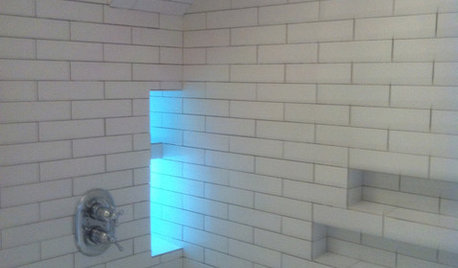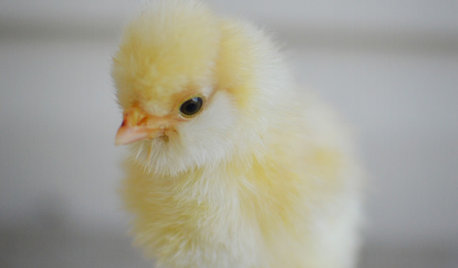Proper order.......
1111gd1111 3b NW WI
11 years ago
Related Stories

LIFESimple Pleasures: A Real Sit-Down Breakfast
Give grab-and-go the heave-ho. To start the day right, treat yourself to a proper breakfast in a cheery spot
Full Story
BATHROOM DESIGN10 Top Tips for Getting Bathroom Tile Right
Good planning is essential for bathroom tile that's set properly and works with the rest of your renovation. These tips help you do it right
Full Story
REMODELING GUIDESFinish Your Remodel Right: 10 Tasks to Check Off
Nail down these key details to ensure that everything works properly and you’re all set for the future
Full Story
SELLING YOUR HOUSEHelp for Selling Your Home Faster — and Maybe for More
Prep your home properly before you put it on the market. Learn what tasks are worth the money and the best pros for the jobs
Full Story
WINE CELLARS7 Steps to Create a Connoisseur's Wine Cellar
Showcase your wine to its best advantage while ensuring proper storage conditions. Snooty attitude optional
Full Story
MOVINGHiring a Home Inspector? Ask These 10 Questions
How to make sure the pro who performs your home inspection is properly qualified and insured, so you can protect your big investment
Full Story
HOUSEKEEPINGHousekeeping 101: How to Clean Silver
Learn from a pro how to properly clean and care for your precious silverware
Full Story
CRAFTS20 Ways to Organize Your Craft Space
Tired of looking for a needle in a haystack? Giving tools and supplies a proper place steps up productivity and cuts down on frustration
Full Story
PETSWhat You Need to Know Before Buying Chicks
Ordering chicks for your backyard coop? Easy. But caring for them requires planning and foresight. Here's what to do
Full Story
CONTRACTOR TIPSThe 4 Potentially Most Expensive Words in Remodeling
‘While you’re at it’ often results in change orders that quickly add up
Full Story






1111gd1111 3b NW WIOriginal Author
ibanez540r
Related Professionals
Kenmore Landscape Architects & Landscape Designers · Manhattan Beach Landscape Architects & Landscape Designers · Milwaukee Landscape Architects & Landscape Designers · Brownsville Landscape Contractors · Commack Landscape Contractors · Emmaus Landscape Contractors · Eureka Landscape Contractors · Post Falls Landscape Contractors · San Carlos Park Landscape Contractors · Waipahu Landscape Contractors · Wallingford Landscape Contractors · Irvington Landscape Contractors · Golden Valley Landscape Contractors · Elk Grove Swimming Pool Builders · Roseville Swimming Pool Buildersdchall_san_antonio
1111gd1111 3b NW WIOriginal Author
dchall_san_antonio
grass1950
1111gd1111 3b NW WIOriginal Author
dchall_san_antonio
goren
grass1950
1111gd1111 3b NW WIOriginal Author
ibanez540r
grass1950
1111gd1111 3b NW WIOriginal Author
grass1950
1111gd1111 3b NW WIOriginal Author